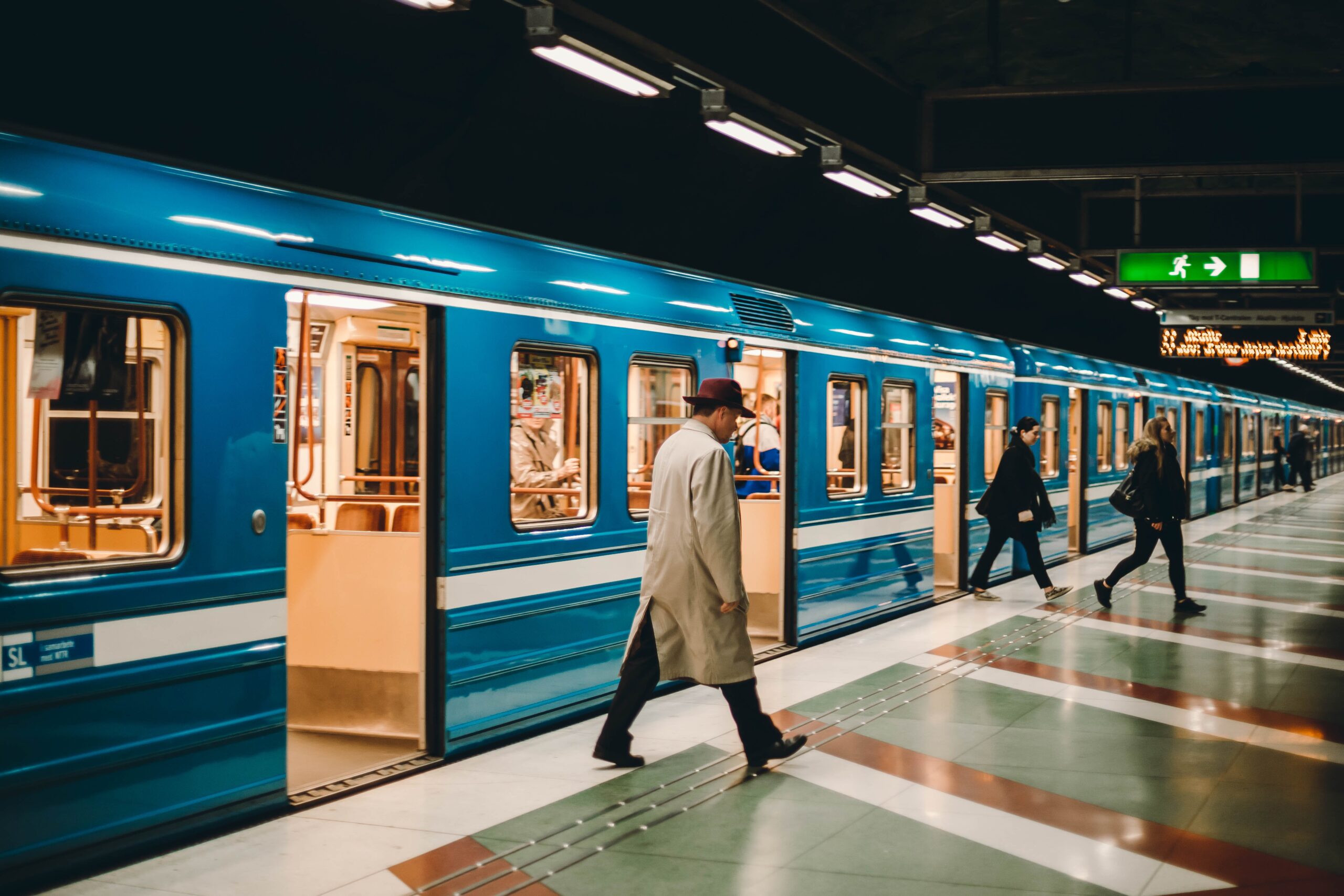Germany boasts a well-developed and efficient transportation system that seamlessly connects cities, towns, and regions. From high-speed trains to extensive autobahns, the country’s infrastructure supports both local commuting and international travel. Let’s dive into the key components of Germany’s transportation system.
1. Public Transportation:
a. Trains (Deutsche Bahn – DB):
- Germany’s extensive railway network is operated by Deutsche Bahn.
- High-speed trains like the ICE (Intercity-Express) connect major cities swiftly.
- Regional trains and S-Bahn (suburban trains) provide efficient local transportation.
b. Buses and Trams:
- Public buses and trams operate in cities and towns, ensuring comprehensive coverage.
- Well-coordinated schedules make it easy to navigate urban areas using public transportation.
c. U-Bahn and S-Bahn:
- Many cities, including Berlin, Munich, and Hamburg, have efficient U-Bahn (subway) and S-Bahn (suburban railway) systems.
- These systems connect various neighborhoods and facilitate quick and reliable commuting.
2. Road Transportation:
a. Autobahns:
- Germany’s famous autobahns are a network of high-speed highways without specific speed limits in many sections.
- They connect cities and regions efficiently, and road signage is clear and standardized.
b. Regional Roads:
- Well-maintained regional roads provide connectivity to towns and rural areas.
- Scenic routes, like the Romantic Road, offer picturesque journeys through the countryside.
c. Carpooling:
- Carpooling is a popular and environmentally friendly option.
- Services like BlaBlaCar connect drivers with available seats to passengers heading in the same direction.
3. Air Transportation:
a. Airports:
- Major cities like Frankfurt, Munich, and Berlin have international airports.
- Smaller airports facilitate regional and domestic flights.
b. Domestic Flights:
- While domestic flights are available, they are often reserved for longer distances due to the efficiency of the train network.
4. Cycling and Walking:
a. Cycling Paths:
- Many cities are bike-friendly with dedicated cycling paths.
- Biking is a popular mode of transportation, especially in urban areas.
b. Pedestrian Zones:
- City centers often have pedestrian zones with limited vehicle access.
- Walking is a pleasant and common way to explore urban areas.
5. Integration and Efficiency:
a. Ticket Integration:
- Integrated ticketing systems allow seamless transitions between different modes of transportation.
- Travelers can use a single ticket for trains, buses, trams, and sometimes even ferries.
b. Punctuality:
- Punctuality is a hallmark of German transportation.
- Timetables are strictly adhered to, ensuring reliable and efficient travel.
c. Green Initiatives:
- Germany is committed to sustainability, with an increasing focus on eco-friendly transportation options.
- Electric buses, bike-sharing programs, and emission standards contribute to a greener future.
6. Conclusion:
Germany’s transportation system reflects the country’s commitment to efficiency, sustainability, and connectivity. Whether you’re commuting within a city, exploring the countryside, or traversing the country, the well-integrated and punctual transportation options ensure a smooth and enjoyable journey through the heart of Europe.








Leave a Reply